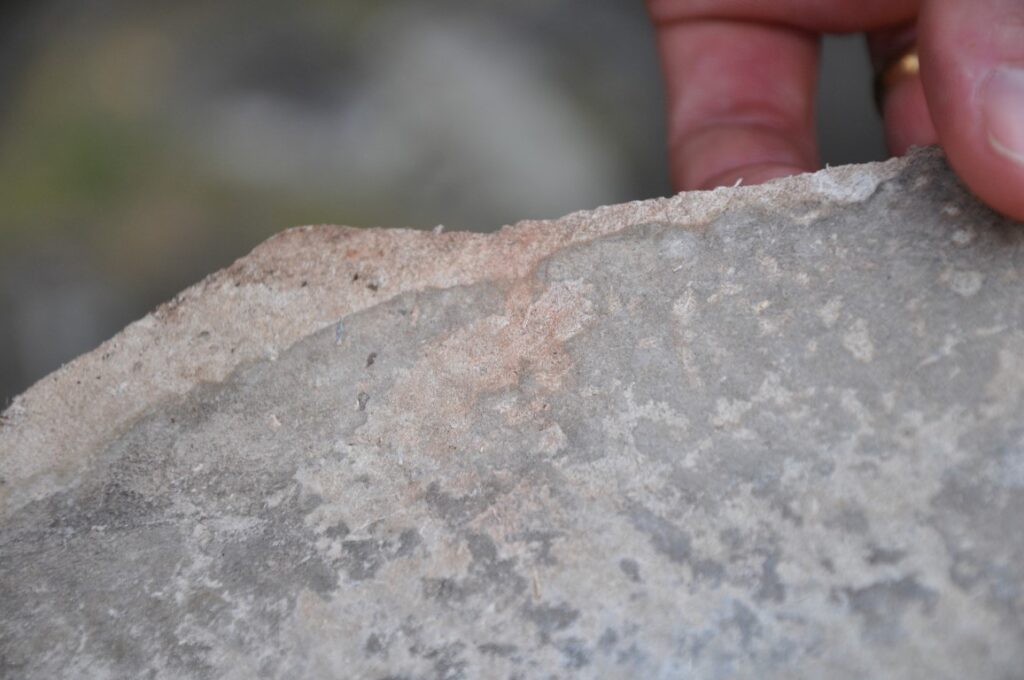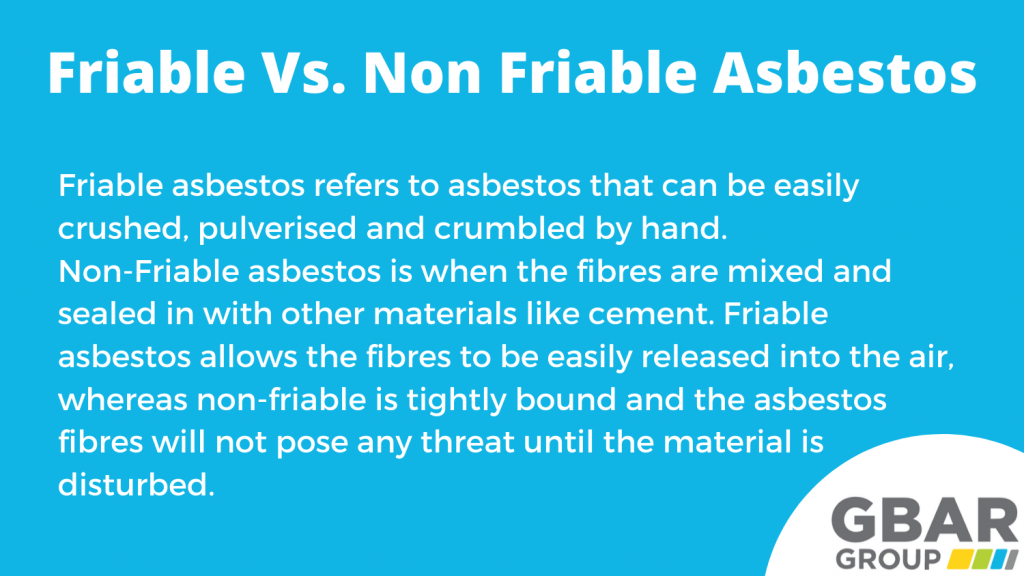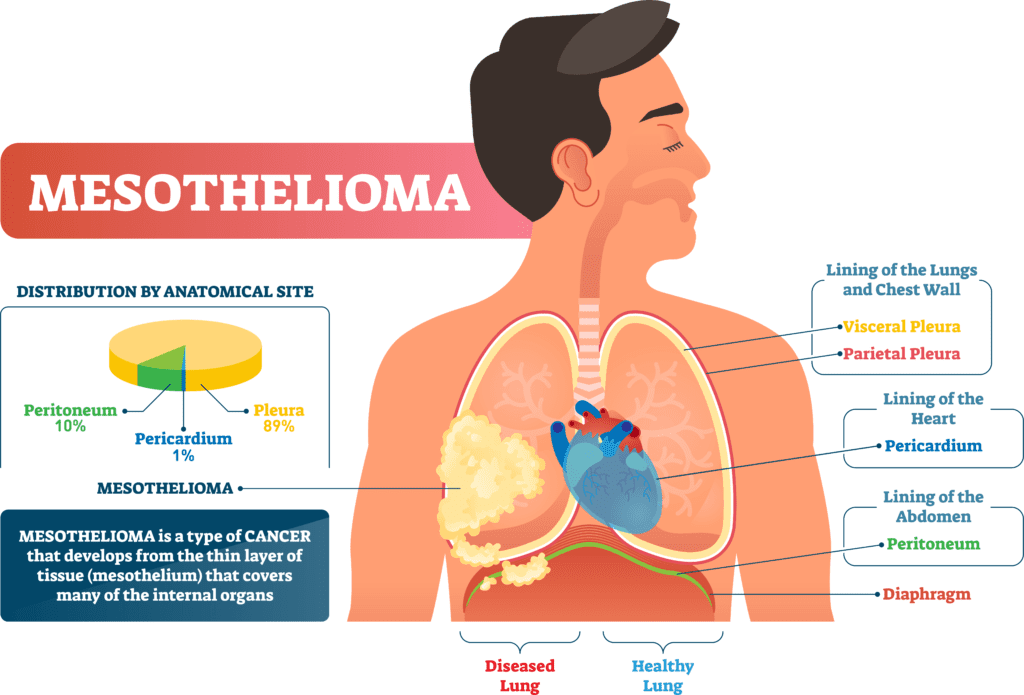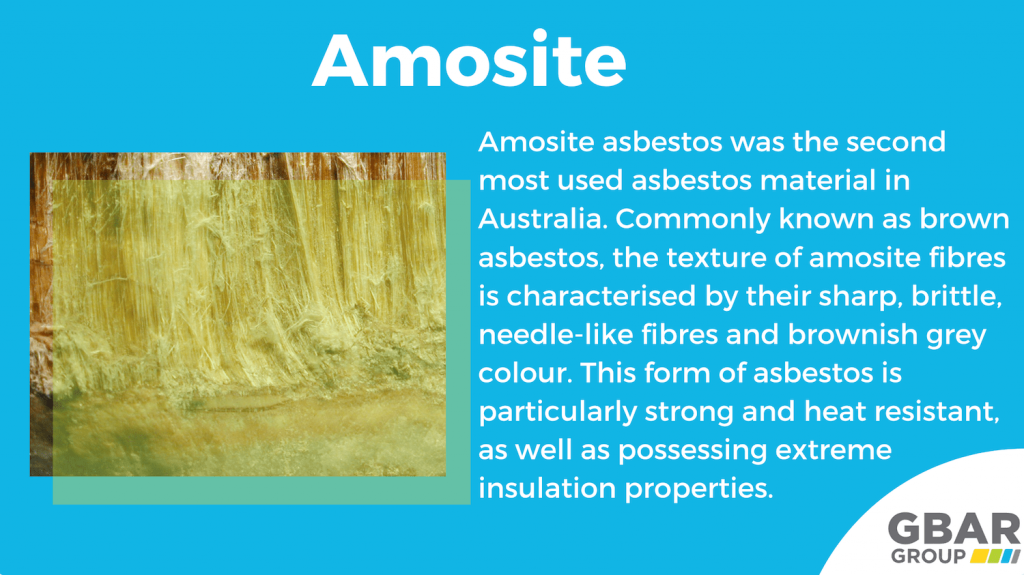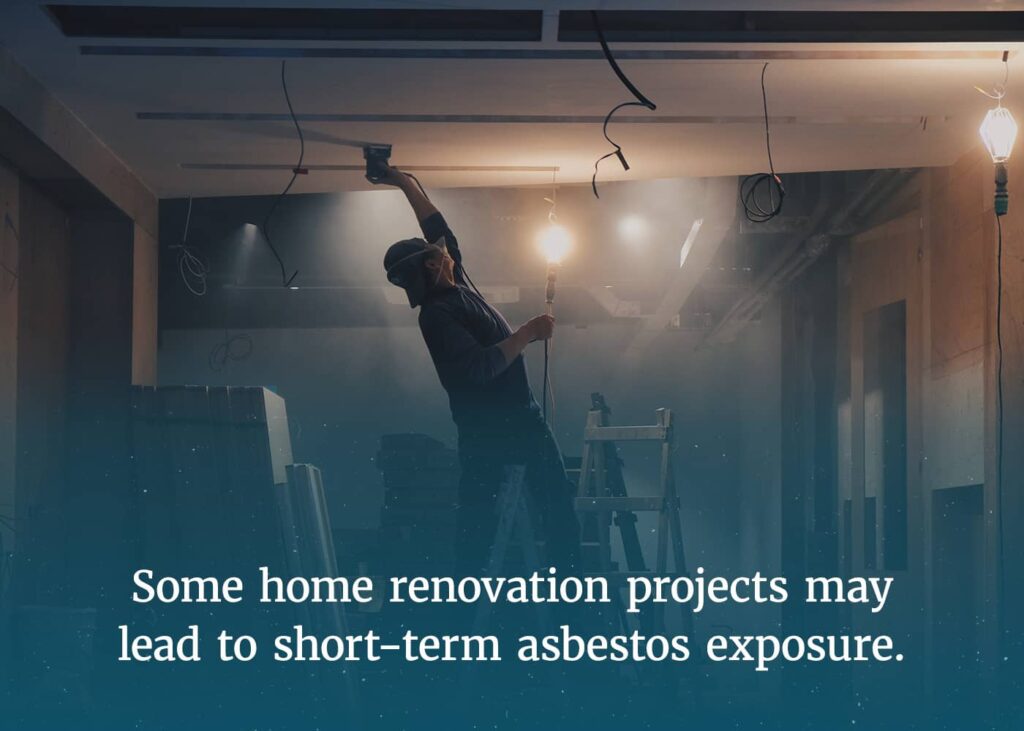In the world of construction and building materials, asbestos has become a topic of great concern and importance. With its detrimental health effects and widespread use in the past, it is crucial to be able to identify this hazardous substance. But can you tell the color of asbestos just by looking at it? In this article, we will explore the complexities of identifying asbestos based on its color and shed light on the significance of proper detection methods. So let’s embark on this journey and unravel the mysteries of asbestos color identification together!
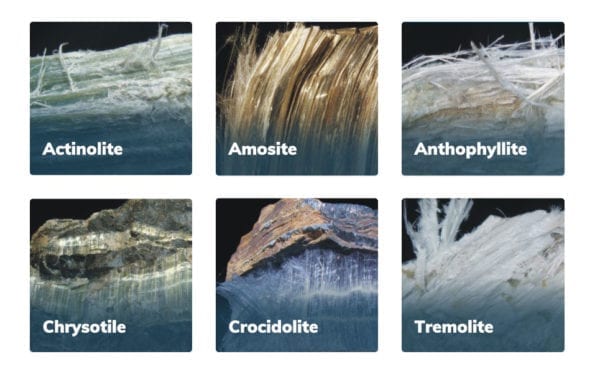

1. What is Asbestos?
Asbestos is a naturally occurring mineral that has been widely used in various industries due to its heat resistance, durability, and insulating properties. It is composed of microscopic fibers that can easily become airborne when disturbed. Asbestos has been extensively used in building materials, such as insulation, roofing shingles, floor tiles, and cement products. It has also been used in automotive parts, textiles, and fireproof materials.
2. The Different Types of Asbestos
2.1 Chrysotile Asbestos
Chrysotile asbestos, also known as white asbestos, is the most common type of asbestos. It has curly and wavy fibers that are flexible and easily spun into fabrics or other forms. Chrysotile asbestos was heavily used in the construction industry due to its strength and resistance to heat, chemicals, and electricity.
2.2 Amosite Asbestos
Amosite asbestos, also known as brown asbestos, is another type of asbestos predominantly used in construction materials. It has straight fibers that are more brittle than chrysotile. Amosite asbestos was often used in thermal insulation, ceiling tiles, and pipe insulation.
2.3 Crocidolite Asbestos
Crocidolite asbestos, also known as blue asbestos, has thin and brittle fibers that can easily break apart. It was primarily used for its heat resistance and was commonly found in insulation materials, cement, and spray-on coatings.
2.4 Tremolite Asbestos
Tremolite asbestos is a type of amphibole asbestos that occurs in various colors, including white, green, and gray. It is often found as a contaminant in other asbestos minerals and is less commonly used in commercial applications.
2.5 Actinolite Asbestos
Actinolite asbestos is another type of amphibole asbestos that occurs in colors ranging from white to dark green. It is commonly found in metamorphic rocks and can be a contaminant in vermiculite and talc products.
2.6 Anthophyllite Asbestos
Anthophyllite asbestos is a less common type of asbestos that occurs in various color shades, including white, gray, and brown. It is often found as a contaminant in talc and vermiculite products.
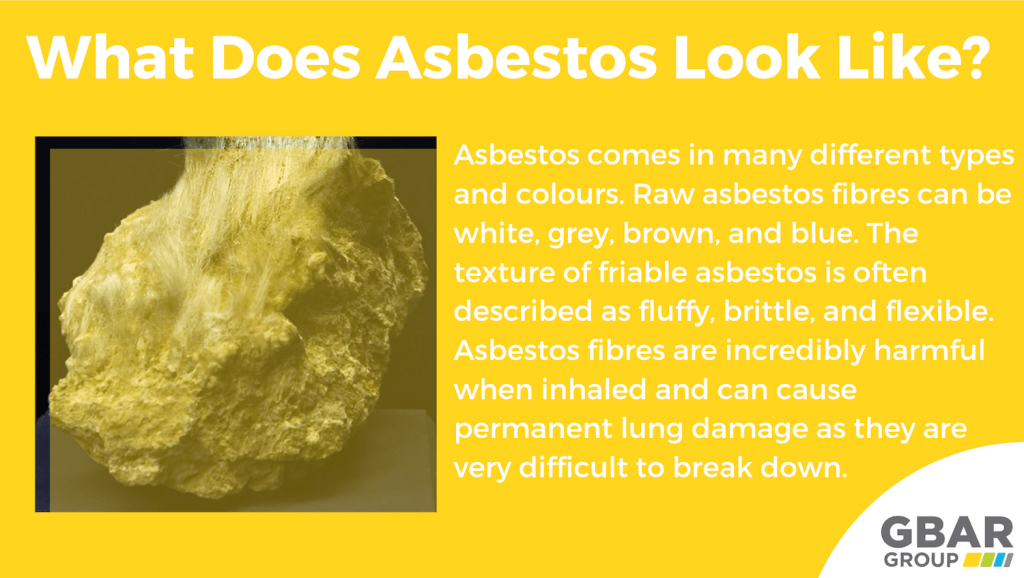

3. The Dangers of Asbestos Exposure
Exposure to asbestos poses significant health risks. Inhalation of asbestos fibers can lead to serious respiratory diseases, including asbestosis, lung cancer, and mesothelioma. These diseases may take years or even decades to develop after exposure, making the dangers of asbestos exposure even more alarming.
Asbestos fibers are microscopic and can easily become airborne when disturbed. Once inhaled, they can penetrate deep into the lungs and become trapped, causing inflammation and scarring over time. This can lead to reduced lung function, breathing difficulties, and ultimately, life-threatening illnesses.
It is important to note that even minimal exposure to asbestos can be harmful. Professionals who work with asbestos or in industries where asbestos is prevalent should take extra precautions to minimize their exposure and protect their health.
4. Physical Properties of Asbestos
Asbestos possesses unique physical properties that contributed to its extensive use in various industries. These properties include high heat resistance, strength, durability, flexibility, and excellent insulating properties.
Due to its fibrous nature, asbestos can be easily spun into fabrics or mixed with other materials to enhance their properties. Its resistance to heat, fire, chemicals, and electricity made it an ideal choice for insulation, fireproofing, and electrical applications.


5. Can You Determine the Color of Asbestos?
5.1 Visual Inspection
While some types of asbestos may have distinct colors, it is generally not possible to determine the specific type or color of asbestos simply by visual inspection. Asbestos fibers are extremely small and often not visible to the naked eye. The naked eye may only be able to perceive the color of the material that contains the asbestos fibers, rather than the asbestos fibers themselves.
5.2 Laboratory Analysis
To accurately identify the type and color of asbestos, laboratory analysis is necessary. Microscopic examination and specialized testing techniques, such as polarized light microscopy, are used to analyze the composition and characteristics of the fibers.
5.3 Limitations of Visual Inspection
Visual inspection alone is not sufficient to determine the presence or color of asbestos. Asbestos fibers can be present in materials that appear to be asbestos-free or have a different color. Therefore, it is crucial to rely on professional testing and analysis to accurately identify asbestos.
6. Factors Affecting Asbestos Color
6.1 Degree of Weathering
The color of asbestos can be influenced by the degree of weathering it has undergone. Over time, exposure to sunlight, moisture, and other environmental factors can cause the fibers to lose their original color and appear differently.
6.2 Presence of Contaminants
Asbestos minerals can be contaminated with impurities or other minerals, which can alter the color of the asbestos. These contaminants can give asbestos a different hue or appearance, making it more challenging to identify the specific type or color.
6.3 Surface Treatment
Surface treatment, such as paint or coatings, can also influence the perceived color of asbestos-containing materials. The addition of surface finishes may mask the original color of the asbestos, making it harder to visually identify.
6.4 Lighting Conditions
The lighting conditions under which asbestos is viewed can play a role in how its color is perceived. Different lighting angles, intensities, and sources can affect the appearance of asbestos, making accurate color identification more difficult.
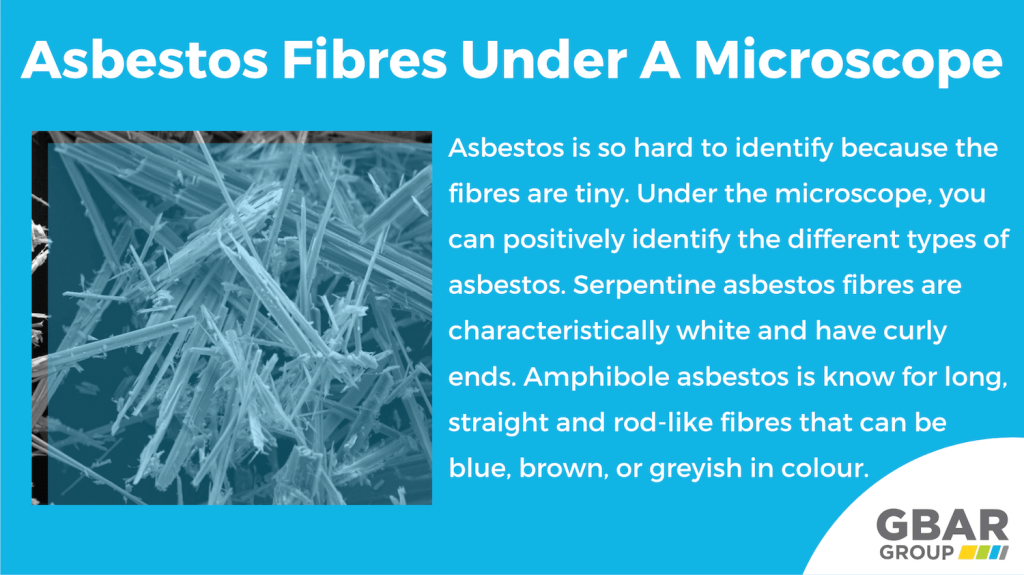

7. Identifying Asbestos through Color
While visual inspection alone cannot definitively identify asbestos, the color of asbestos-containing materials may provide some indication. Certain types of asbestos, such as blue crocidolite or white chrysotile, may have recognizable colors when in their purest form. However, it is important to note that the true color of asbestos is often masked by external factors, impurities, or contaminants.
To accurately identify asbestos, it is crucial to rely on professional testing and analysis by trained and certified asbestos inspectors or laboratories.
8. Importance of Identifying Asbestos
The proper identification of asbestos is vital for ensuring the safety of individuals who may come into contact with asbestos-containing materials. By knowing the presence and type of asbestos, appropriate precautions and measures can be taken to minimize exposure and prevent its harmful effects.
Identifying asbestos is especially crucial in demolition or renovation projects, as these activities can disturb asbestos fibers and release them into the air. Failure to identify and handle asbestos-containing materials correctly can lead to the inadvertent release of fibers, putting workers and occupants at risk of exposure.
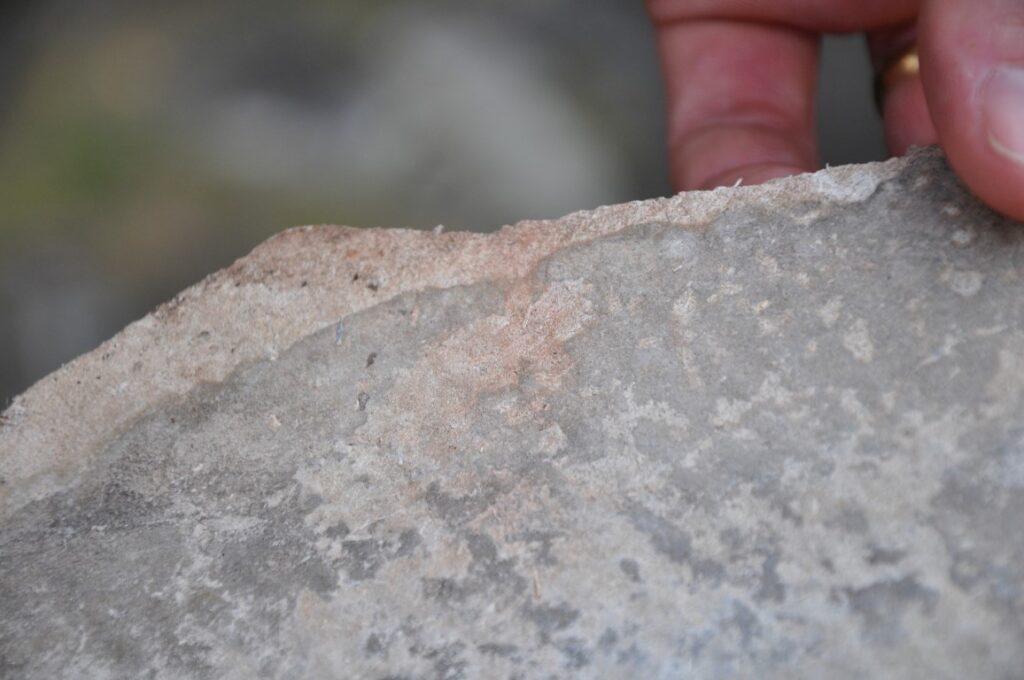

9. Proper Handling and Disposal of Asbestos
Once asbestos-containing materials are identified, it is essential to follow proper handling and disposal procedures to minimize the risk of exposure. Asbestos removal or remediation should only be conducted by trained and certified professionals who have the knowledge, expertise, and equipment to safely handle and dispose of asbestos.
Appropriate personal protective equipment (PPE) should be worn during asbestos-related activities to prevent inhalation or skin contact with fibers. Specialized containment and ventilation systems may also be necessary to control the spread of asbestos during removal or remediation.
Asbestos waste should be carefully packaged, labeled, and disposed of in accordance with local regulations and guidelines. It is crucial to use approved disposal sites that are licensed to accept asbestos waste.
10. Conclusion
While the color of asbestos may provide some clues about its type, it is impossible to accurately identify asbestos solely through visual inspection. Professional testing and analysis are essential to determine the presence, type, and condition of asbestos-containing materials.
Due to the severe health risks associated with asbestos exposure, it is crucial to prioritize the identification and appropriate handling of asbestos. By following proper procedures, individuals can protect their health and prevent the inadvertent release of asbestos fibers into the environment. If you suspect the presence of asbestos in your environment, it is recommended to consult with professionals who specialize in asbestos testing and remediation to ensure the safety of yourself and others.

